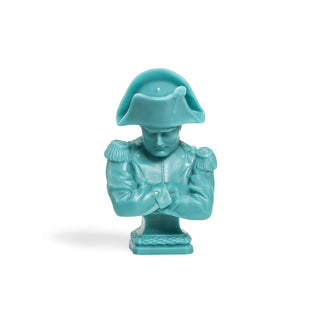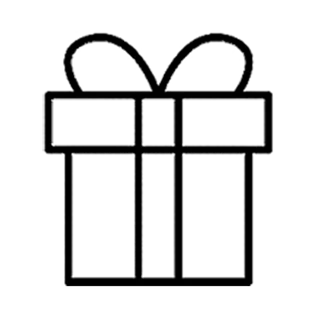
Description
Non appena iniziò il periodo del Consolato, Napoleone Bonaparte (1769-1821) si rese conto dell'importanza di mostrare il suo ritratto al popolo francese. Quindi, iniziò l'edificazione della sua leggenda. Sono stati utilizzati tutti i supporti, dalle sculture alle tabacchiere e ai fan. La molteplicità di oggetti recanti l'effige dell'Imperatore o che rappresentano simboli imperiali costituivano uno straordinario strumento di propaganda per la leggenda napoleonica. Durante la Restaurazione, tuttavia, i Bonapartisti furono costretti a nascondere e preparare la loro vendetta, diffondendo sempre più oggetti sediziosi. La morte dell'Imperatore nel 1821 lo rese meno pericoloso agli occhi dei realisti e le copie che rappresentavano le sue azioni principali si moltiplicarono ancora una volta. Il Secondo Impero (1852) rese ufficiale la leggenda imperiale con commissioni di sculture installate in piazze e dipinti esposti in musei. Sebbene il Secondo Impero ristabilì la propaganda ufficiale, la caduta del regime nel 1870 pose fine alla celebrazione di Napoleone per 20 anni. Il fervore nazionalista è risorto nel 1890 e da allora non ha mai smesso di essere una figura eroica.
Description
Non appena iniziò il periodo del Consolato, Napoleone Bonaparte (1769-1821) si rese conto dell'importanza di mostrare il suo ritratto al popolo francese. Quindi, iniziò l'edificazione della sua leggenda. Sono stati utilizzati tutti i supporti, dalle sculture alle tabacchiere e ai fan. La molteplicità di oggetti recanti l'effige dell'Imperatore o che rappresentano simboli imperiali costituivano uno straordinario strumento di propaganda per la leggenda napoleonica. Durante la Restaurazione, tuttavia, i Bonapartisti furono costretti a nascondere e preparare la loro vendetta, diffondendo sempre più oggetti sediziosi. La morte dell'Imperatore nel 1821 lo rese meno pericoloso agli occhi dei realisti e le copie che rappresentavano le sue azioni principali si moltiplicarono ancora una volta. Il Secondo Impero (1852) rese ufficiale la leggenda imperiale con commissioni di sculture installate in piazze e dipinti esposti in musei. Sebbene il Secondo Impero ristabilì la propaganda ufficiale, la caduta del regime nel 1870 pose fine alla celebrazione di Napoleone per 20 anni. Il fervore nazionalista è risorto nel 1890 e da allora non ha mai smesso di essere una figura eroica.





